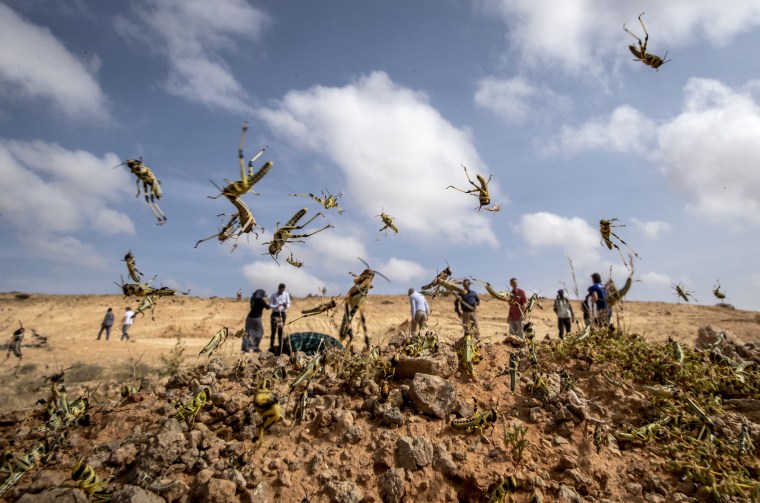· More than £1bn moved to 28 countries
· Property in London, New York , Australia

The 110-page report by the international risk consultancy Kroll, seen by the Guardian, alleges that relatives and associates of Mr Moi siphoned off more than £1bn of government money. If true, it would put the Mois on a par with Africa's other great kleptocrats, Mobutu Sese Seko of Zaire (now Democratic Republic of Congo) and Nigeria's Sani Abacha.
The assets accumulated included multimillion pound properties in London, New York and South Africa, as well as a 10,000-hectare ranch in Australia and bank accounts containing hundreds of millions of pounds.
The report, commissioned by the Kenyan government, was submitted in 2004, but never acted upon. It details how:
· Mr Moi's sons - Philip and Gideon - were reported to be worth £384m and £550m respectively;
· His associates colluded with Italian drug barons and printed counterfeit money;
· His clique owned a bank in Belgium;
· The threat of losing their wealth prompted threats of violence between Mr Moi's family and his political aides;
· £4m was used to buy a home in Surrey and £2m to buy a flat in Knightsbridge.
Kroll said last night it could not confirm or deny the authenticity of the report.
The Kroll investigation into the former regime was commissioned by President Mwai Kibaki shortly after he came to power on an anti-corruption platform in 2003. It was meant to be the first step towards recovering some of the money stolen during Mr Moi's 24-year rule, which earned Kenya the reputation as one of the most corrupt countries in the world.
But soon after the investigation was launched, Mr Kibaki's government was caught up in its own scandal, known as Anglo Leasing, which involved awarding huge government contracts to bogus companies.
Since then, none of Mr Moi's relatives or close allies has been prosecuted. No money has been recovered. Three of the four ministers who resigned after the Anglo Leasing scandal was exposed have since been reinstated.
Last night, the Kenyan government confirmed that it received the Kroll report in April 2004. But Alfred Mutua, the government spokesman, said it was incomplete and inaccurate, and that Kroll had not been engaged to do any further work.
"We did not find that the report was credible. It was based a lot on hearsay." He said the leaking of the report was politically motivated and insisted Kenya was working with foreign governments to recover the stolen money. "Some of the money is in UK bank accounts. We have asked the British government to help us recover the funds, but so far they have refused."
The report was obtained by the website Wikileaks, which aims to help expose corruption. The document is believed to have been leaked by a senior government official upset about Mr Kibaki's failure to tackle corruption and by his alliance with Mr Moi before the presidential election in December.
On Tuesday Mr Moi said he was backing Mr Kibaki for a second term, saying he was disappointed that "selfish individual interests have been entrenched in our society". Mr Moi remains an influential figure in Kenya and his endorsement is expected to go some way to ensuring his successor's re-election.
In the Kroll report the investigators allege that a Kenyan bank was the key to getting vast sums of money of out of the country via its foreign currency accounts. The same bank had already laundered $200m (£100m) on behalf of the late Mr Abacha, with the assistance of a Swiss-based "financier".
"It is believed that twice as much was laundered through the same system by the Mois," the report said.
Kroll confirmed last night that it had previously done work for the Kenyan government. A company spokesman was given extracts of the report seen by the Guardian. "We cannot confirm or deny that this report is what it purports to be," he said. "Nor can we talk about the scope, content or results of any work we have done for the government of Kenya, which remains confidential."
Gideon Moi is an MP and Philip Moi is a businessman. Daniel Arap Moi's spokesman did not return calls last night.
